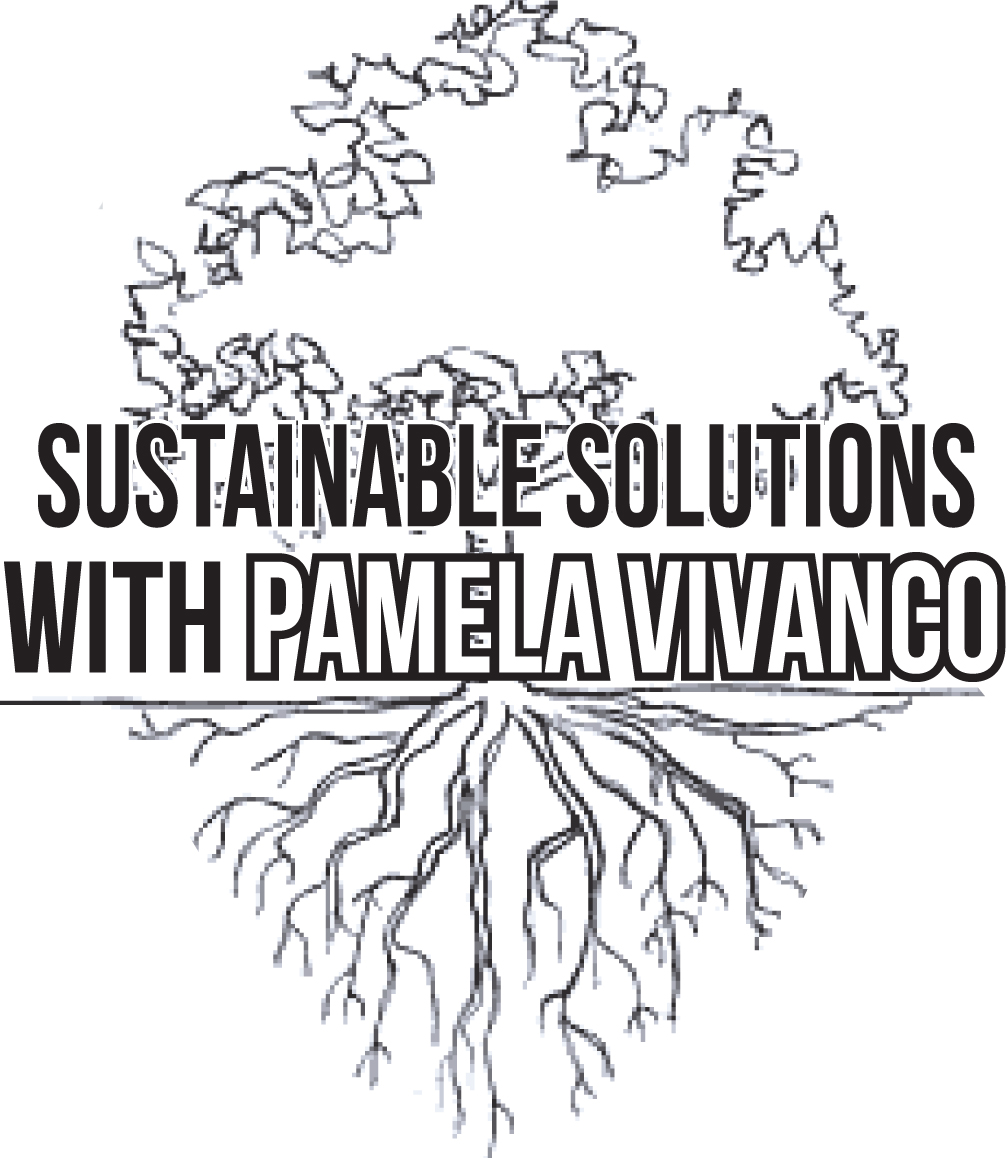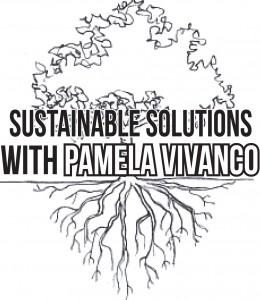
Sustainable Solution
No. 5: Compost
The basic idea of composting is giving back to the Earth by using leaves, vegetables and food scraps. According to the Environmental Protection Agency, compost also enriches soil and helps clean up contaminated soil.
How to Compost:
1. Before anything, you must choose a compost bin. Although there are a few more ways to compost, for beginners I think using a plastic bin is the most affordable and accessible option. (You can get a bin that is made from 100 percent recycled plastic).
2. After you choose a bin, choose a location. Placing the bin over bare soil outside is an option.
3. Once the bin is where you want it to be, begin to add things!
Below are some steps on composting as stated by the Beginner’s Guide to Making Great Compost
1. Start with a 4-inch layer of brush, twigs, hay or straw at the bottom of the bin.
2. Then add a 4-inch layer of brown material, then a thin layer of finished compost or good garden soil.
3. Then add a 4-inch layer of green material topped with a thin layer of compost or soil. Moisten each layer by misting it lightly with a garden hose.
4. Keep adding materials in alternating layers of greens and browns until the bin is full.
5. Once you have a full bin you can turn the pile every 14 days or so. The more you turn the pile the faster you will have finished composting!
Brown Materials:
leaves
hay & straw
paper & cardboard
eggshells
tea bags
sawdust
Green Materials:
vegetable peelings
fruit peelings
grass clippings
coffee grounds
fresh manure
green plant cuttings
Materials you should not add to your compost:
meat, bones
poultry, fish
fatty food waste
whole eggs
dairy products
pernicious weeds, treated wood

